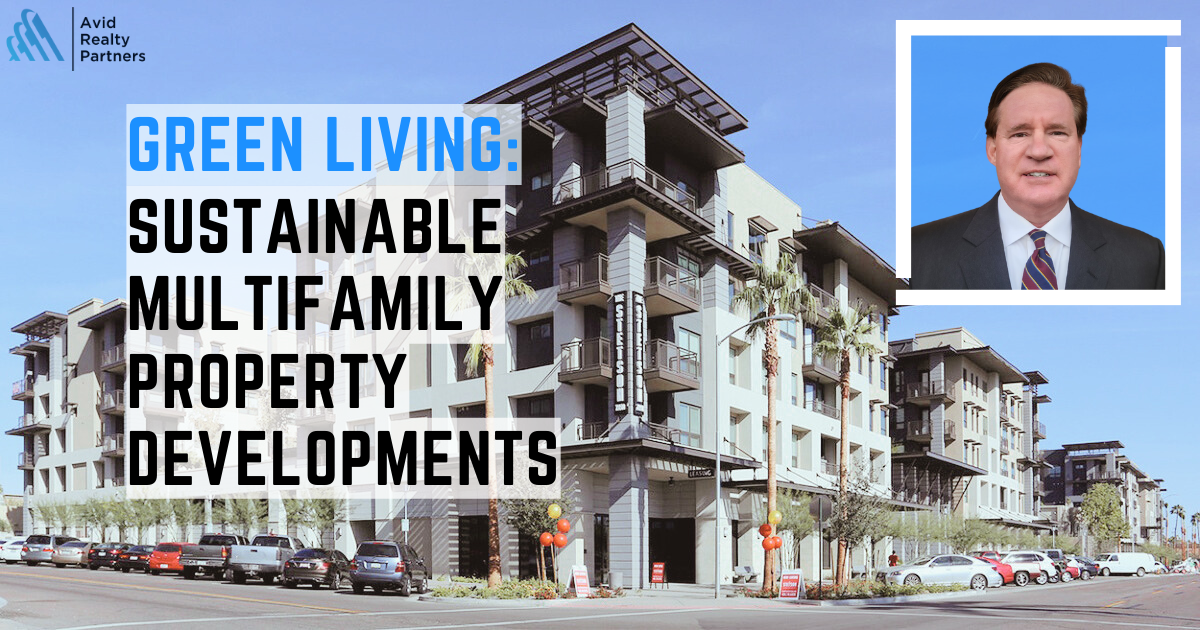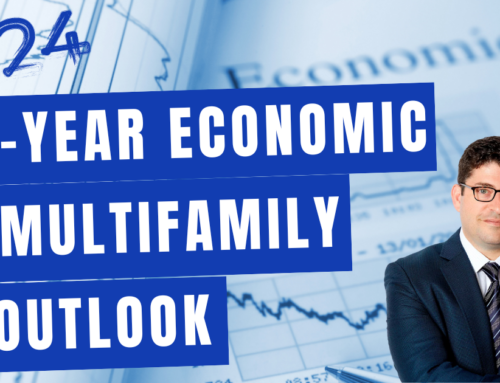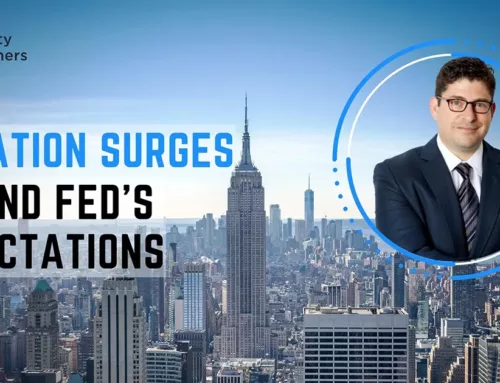1. Introduction: The Tipping Point of Sustainable Housing
By 2050, urban areas are anticipated to house nearly 68% of the global population [1]. As cities grow, so does the demand for housing solutions that aren’t just functional, but also sustainable. Multifamily property developments are stepping up, reflecting a new era where environmental impacts are a very important consideration, up there with architectural design and overall functionality.
2. What Makes a Multifamily Property Truly Sustainable?
Sustainability is multifaceted. Beyond recycled materials, it’s about long-term vision, energy efficiency, use of space, and more:
- Energy-efficient designs: Harnessing renewable energy, adopting passive house standards, and considering thermal insulation are key.
- Use of sustainable construction materials: Beyond recycled content, it’s about understanding the full lifecycle of materials.
- Green spaces: These are lungs in urban jungles, providing spaces for recreation and ecology.
- Waste management: Sustainable waste solutions go beyond recycling, incorporating composting and upcycling.
Reports indicate that green buildings can significantly reduce overall energy and water consumption [2], showcasing their operational efficiency.
3. Location: More Than Just a View
Strategically chosen locations play a significant role in sustainability. Being near public transit hubs, essential amenities, and community centers reduces dependency on vehicles. In fact, such strategic positioning can lead to the decline of private car usage, pushing residents toward greener modes of transportation, further reducing carbon emissions [3].
4. Architectural Brilliance: Harnessing Nature’s Gifts
Natural light isn’t just aesthetic; it’s sustainable. By maximizing the use of daylight, properties can reduce artificial lighting needs. Furthermore, techniques like rainwater harvesting, cross-ventilation designs, and green roofs not only aid energy efficiency but also promote biodiversity and reduce stormwater runoff [4].
5. Green Tech: The Silent Environmental Saviors
Green tech solutions are increasingly common in modern properties. Apart from smart thermostats, technologies including greywater recycling systems, solar water heaters, and home automation systems, which control lights and appliances, offer significant energy savings and reduce overall carbon footprints [5].
6. The Therapeutic Touch of Green Spaces
Integrating green spaces offers more than environmental benefits. Such areas are linked to enhanced mental well-being, fostering communities, and promoting healthier lifestyles. Residents gain spaces for relaxation, exercise, and social interaction, enhancing overall quality of life [6].
7. Materials That Matter
Eco-friendly materials aren’t just about reducing harm; they’re about rejuvenating the environment. Consider hempcrete, a biocomposite material that acts as an efficient insulator and also sequesters carbon. Incorporating such materials underscores a commitment to long-term environmental health [7].
8. Waste Not, Want Not
A sustainable property recognizes waste as a resource. Beyond diverting waste from landfills, successful waste management strategies involve residents in initiatives, hold workshops on composting, and often even partner with local businesses for upcycling initiatives [8].
9. Green Living’s Economic Silver Lining
Sustainable properties aren’t just eco-friendly; they’re also economically smart. With rising energy costs, green properties offer long-term savings. Additionally, as demand for sustainable living spaces rises, these properties become attractive investments with the potential for higher rental income and resale values [9] [10].
10. Overcoming Roadblocks to Green Development
While sustainable development is the future, it’s not without challenges. Apart from increased construction and living costs, there’s the challenge of navigating local regulations, sourcing sustainable materials, and upskilling labor. However, with clear benefits and growing demand, the sector is witnessing increased innovation and adaptability [11].
Elevating Sustainable Investments: The Future Is Green
It’s evident that the confluence of architecture, technology, and sustainability is reshaping our urban landscapes and making multifamily property developments the vanguards of green living. Such properties are not merely structures; rather, they are tangible solutions to our shared environmental challenges, offering a blueprint for the future of urban habitation. As a seasoned multifamily real estate investment firm, Avid Realty Partners has witnessed the immense potential and value these sustainable developments can bring, both ecologically and economically.
If you’re a real estate investor and want guidance on positioning yourself in this burgeoning market, I invite you to book a free strategy call with us today. Dive deep into the realm of sustainable real estate investments and secure your place in shaping a greener future.
Conclusion: The Green Blueprint for Future Urban Living
As the horizon of urban living evolves, sustainable multifamily property developments stand as symbols of a harmonious future, balancing human needs with planetary well-being. These structures go beyond bricks and mortar; they represent a philosophy, a commitment, and a testament to a future we all aspire for.
References:
[1] World Population Prospects 2019. United Nations, Department of Economic and Social Affairs, Population Division
[2] Green Building Facts. U.S. Green Building Council
[3] Public Transportation Benefits. Victoria Transport Policy Institute
[4] Daylighting in Buildings. National Renewable Energy Laboratory
[5] Maximize Energy Savings with Thermostats. U.S. Department of Energy
[6] Urban Green Spaces and Health – A Review of Evidence. World Health Organization
[7] About Bamboo. Bamboo Village
[8] Zero Waste Definition. Zero Waste International Alliance
[9] Importance of Green Building. Green Built Alliance
[10] Advancing Sustainable, Healthy and Resilient Buildings, Cities and Communities. World Green Building Council
[11] Sustainability at Harvard: Green Building Standards. Harvard University Energy & Facilities







Leave A Comment